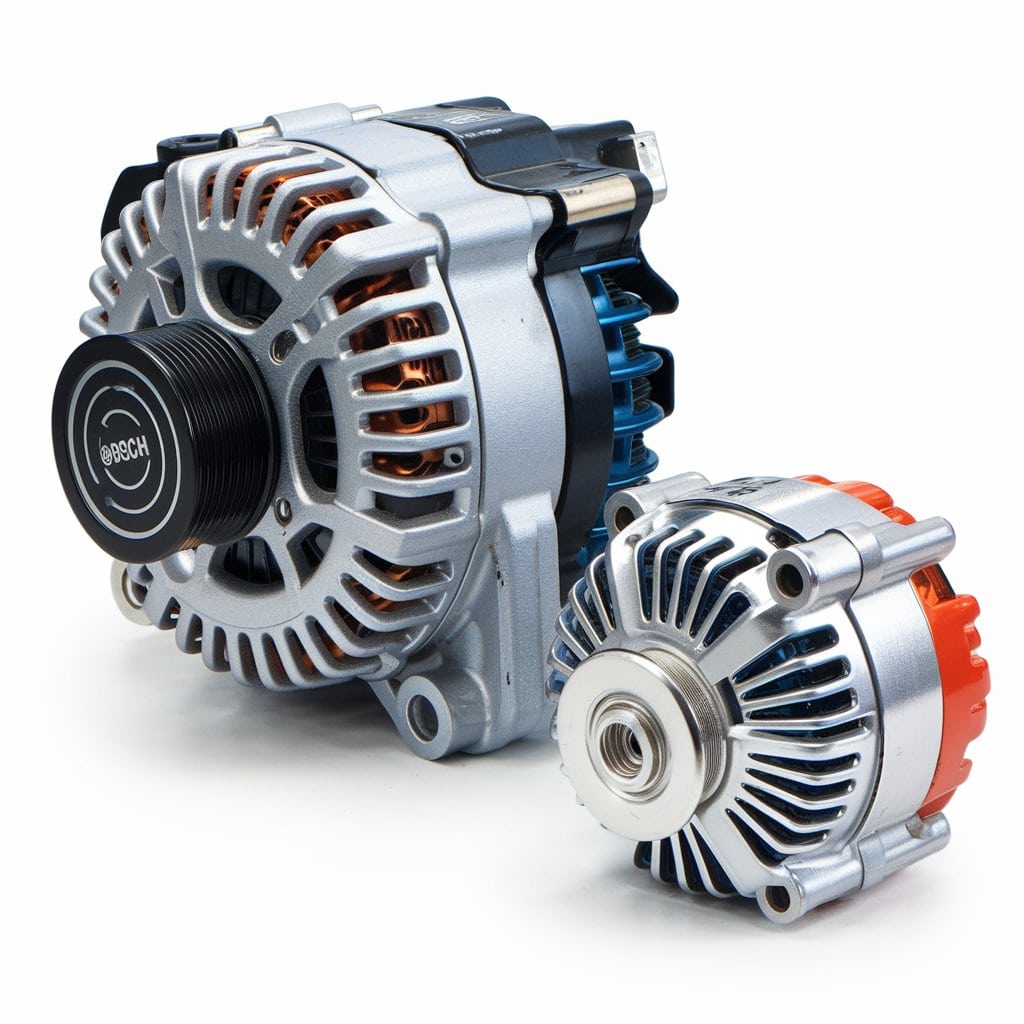Drageanimations: Violating the Traditional Approach to Digital Animation

Drageanimations – Introduction
Drag animations have become the rage globally in the world of visual and imaginative production. This fusion of art and technology is a dream come true like anything cannot be done in other mediums. From various magical environments to easily recognizable characters, drag animations take the spectators into domains where everything is outlandish. But what do they call to? In other words, what is out there known as drag animations? But how did this rather exotic form of animation emerge to be?
As we move through the pages filled with draganimations, you’ll learn the origins and development of these animated marvels. We will discuss methods employed by artists to realize ideas in their creations. At the same time, we will be looking at some of the issues that have cropped up in this active community and what the future holds for it.
If you are an experienced observer of animating movies or if you are a beginner in the fascinating world of draganimations, there is much more to learn!

What are Drageanimations?
Draganimations are an enthralling combination of two and three-dimensional animation and digital paintings. They give personality to animation, making mere drawings a moving story.
The new style is dynamic, depicting rich colors and elaborate details that invite everyone for a further view. But it surely isn’t about movement, it has the goal of establishing a sense of a bond, a connection with the viewers.
In its essence, drag animations are creativity linked to technology. Technology in the form of software is employed by artists to make visualization of their works unique as compared to before.
These animations can be movies, web shows, or video games, and are for people of all ages. That is why more people decided to choose it: Such trays are versatile.
If you dive into the depths of this art form, you will learn more about how drag animations redesign people’s narrative and their pictures.
History of Drageanimations
Drag animations developed at the beginning of the XX century as a result of the evolution of traditional animation styles. It would be interesting to know by what means artists started to actively seek new approaches to create characters and stories.
The term itself started with such a mentality that creatives started to play with the concept of adding animations onto one or multiple backgrounds. Such an approach was innovative and placed drag animations beyond the typical style of operation.
Closer to its inception this style was mostly used in the short films. Some early pioneers brought rotoscoping into their animation and laid the basis for future development to be made off such a technique, such as Max Fleischer.
With the advance in technology, the art of drag animations evolved too. Using computer graphics made it possible to advance and complicate the designs and the way of storytelling.
It had emerged as a familiar genre within the realm of popular culture by the late nineties. It made it possible for filmmakers to take risks that would not have been feasible before and thus engage audiences internationally.

The Evolution of Drageanimations
As a creative art form of most kinds of fantastic creatures, drageanimations have indeed come a very long way. First, they used crude technology and basic forms of oral history to narrate their historical experiences. Animators didn’t have high-tech tools; they only had simple drawings at their disposal.
Unfortunately, the name drageanimation faded into the technological horizon but the creativity behind it did not. Computer-generated imagery brought the opportunities. That means artists continued to make designs more detailed and exquisite and realistic movement of figures became possible.
Another significant contributor to this change was made by digital platforms as well. More individuals could contribute their product out there resulting in more and different styles and telling of the stories in paragon.
Now the third part of drageanimations involves combining old-school techniques with the latest software. It makes sense to combine such features as it becomes possible to create mind-blowing visuals that interest viewers across the globe. That meaning naturally emerges with new talent, where such artists do not limit themselves as much as established artists do, so drageanimations will continue to be a growing type of art.
Fundamentals of Drageanimations and their Related Tools and Technologies
Designing the Drage animations calls for sophisticated technological instruments and solutions. Applications like Blender, Maya, and Unreal Engine have large parts to lend to these creations. Artists pay much attention to how dragonflies, the motion of its wings as well as fire spewing from their mouths, and so on to enhance fluidity in the animation. It thus makes it possible to represent such mythical beings to interact with their surroundings as well as other personalities in the scenes as is shown in the movie.
The estimation of character in drageanimations
One of the most important features that Drage animations can boast, is extremely detailed character drawings. Where the cartoonists are extremely sensitive to dragons’ scales, eyes, and even how they walk. In a Drageanimation each dragon is different, and while being rather caricaturelike, many of the dragons represent certain characteristics or elements found throughout the narrative.
Depending on the whims of a writer, some dragons might be huge and powerful and have some great physical characteristics while others might be swift and have swift physical attribute that facilitates a great story.
Telling a story of Drageanimations
On one hand, dragons look cool, but on the other hand, the plot in Drag Eanimations is equally fascinating. Such animations discuss themes and concerns such as adventures, friends, or the struggle of the black and the white. In most of these stories, the dragons are protagonists, antagonists, or simply characters in search of a second chance. The versatility of the characters results in various and interesting plot developments, which will meet the interest of child viewers and young ones especially.

Conclusion:
As an art form, drageanimations takes its place in the middle of two vastly different fields of interest – dragons and current developments in technology. Starting from cinema, passing through games, and numerous other examples, this animation enchants people with a mesmerizing video quality and a deep penetration into the culture. Thus, the creativity of Drage animations as technology develops has no strict limits and can be improved extremely fast.
FAQs About Drageanimations
-
What are Drageanimations?
Drageanimations are meant for creating more realistic and lively dragons more often than not at the core of narratives or staking as animation.
-
What software is utilized for designing Drageanimations?
So here we find out that applications like Blender, Maya, and Unreal Engine are animated Drageanimations often due to their awesome animating features.
-
Why are dragons so popular in the world of digitized animation?
Dragons are powerful, mysterious creatures and associated with the concept of adventure they are liked by audiences all over the world which makes them virtually limitless in terms of their use and functions.
-
In what way have Drageanimations influenced cinema?
Thanks to drageanimations, cinema has changed and films based on dragons become the main hits and redefine digital narratives.
-
What is the future of Drageanimations?
Using such technologies as VR and AR, there is a prospect for developing an even higher level of interaction in a topic like Drageanimations where individuals can have an interactive experience with dragons.
Sign up now and become part of Drageanimations to fly high in the sky with dragons – watch it happen!
Read More Articles: home





I don’t think the title of your article matches the content lol. Just kidding, mainly because I had some doubts after reading the article.
Can you be more specific about the content of your article? After reading it, I still have some doubts. Hope you can help me.
Thanks for sharing. I read many of your blog posts, cool, your blog is very good.